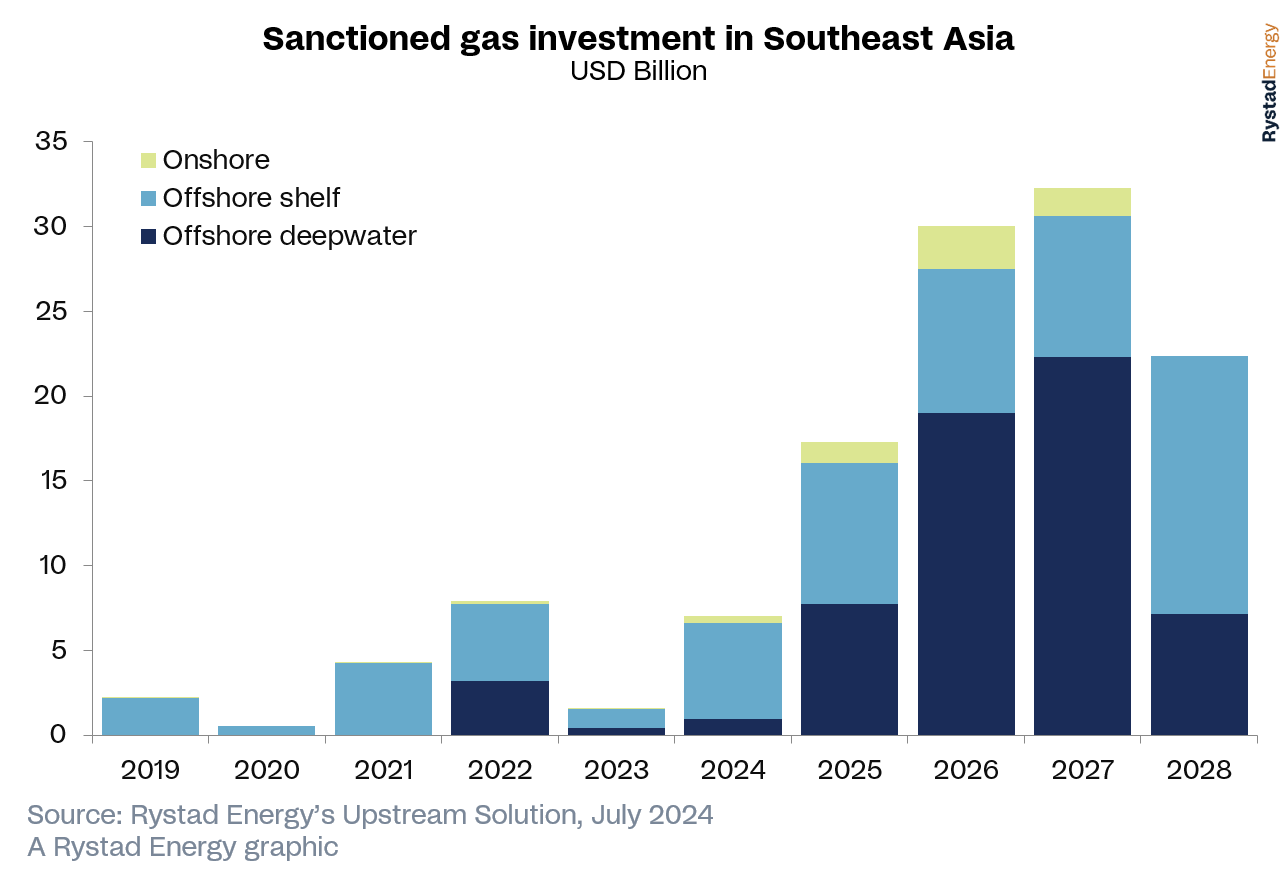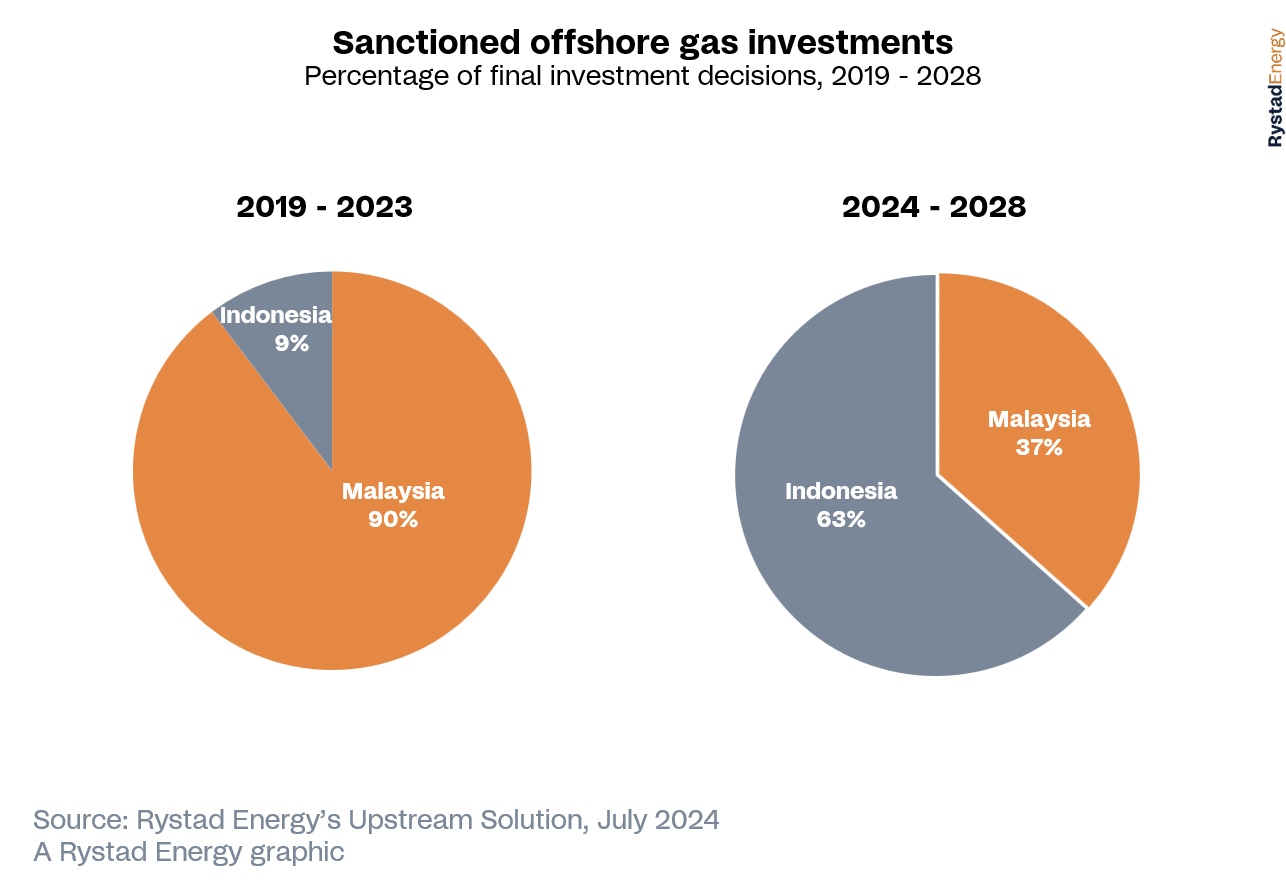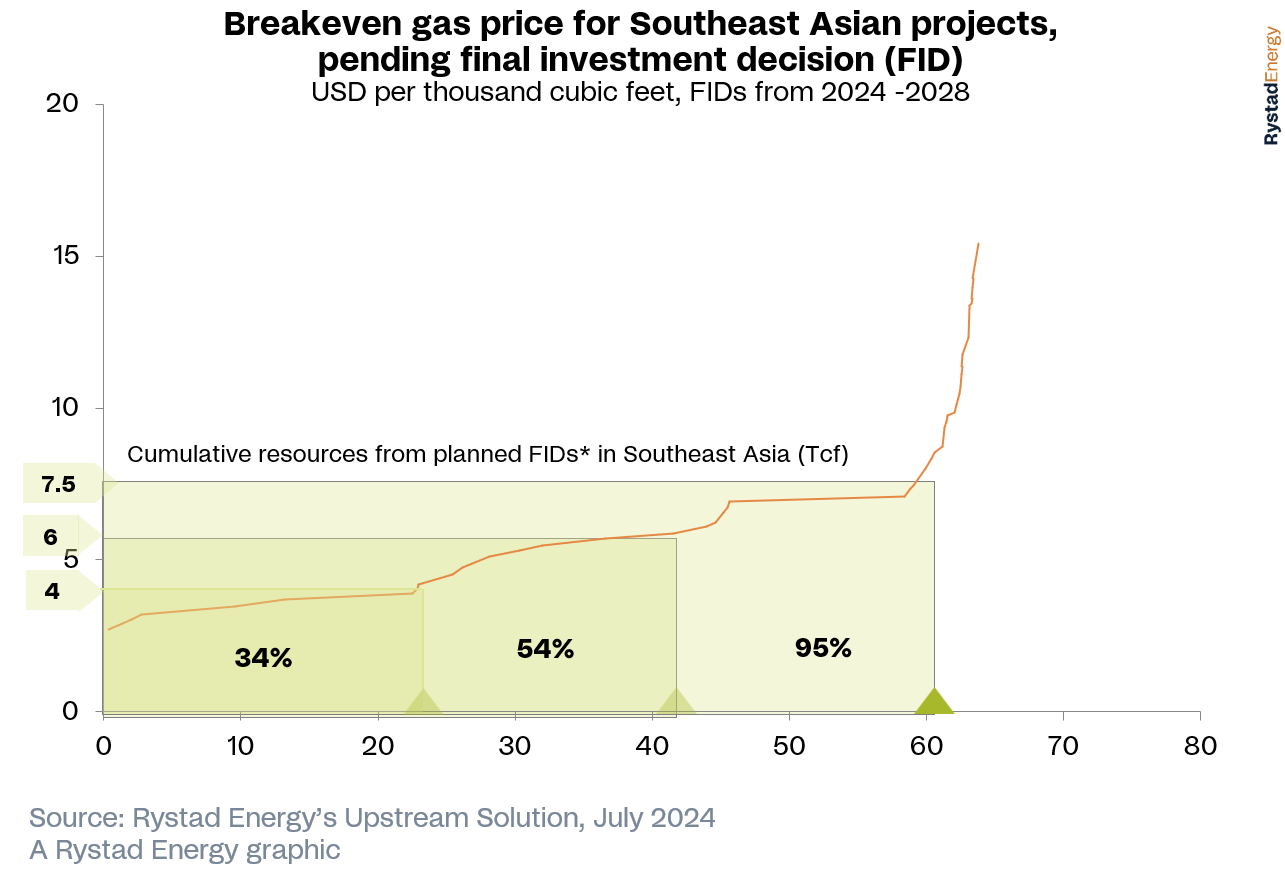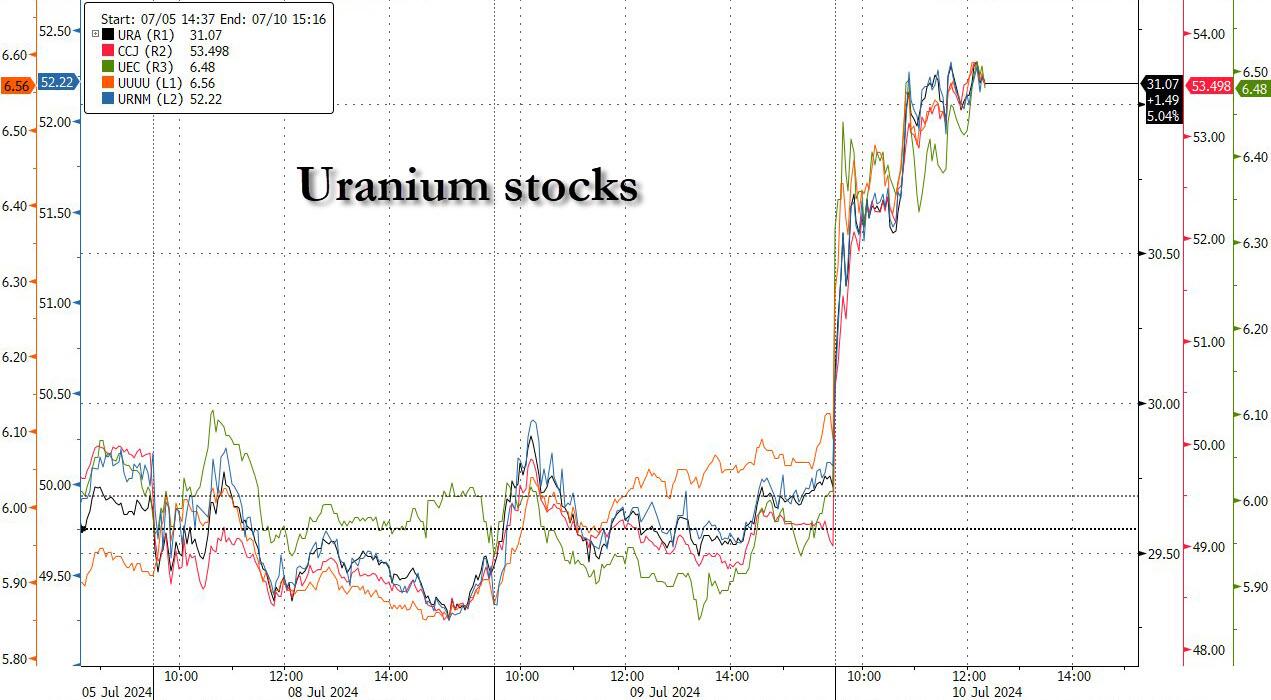Automakers are reevaluating their electric vehicle investment plans due to slowing market growth and supply chain disruptions.
China's export restrictions on rare earths, crucial for semiconductor manufacturing, pose additional challenges to the auto industry.
Alternative sourcing strategies and technological advancements offer potential solutions to mitigate the impact of supply chain issues and promote sustainability.
With the automotive market already experiencing a global shortage of microchips, automotive manufacturers will need to plan accordingly to offset these new export restrictions. Vital geopolitical news like this which impacts metal markets are covered weekly in MetalMiner’s newsletter.

EV Market Slows Down in the Second Half of 2024
The electric vehicle (EV) market, once characterized by rapid growth and optimism, is now facing significant slowdown in the second half of 2024. Despite earlier projections anticipating robust production and sales, various factors have converged to temper the market’s momentum.
Divergent consumer response to various EV brands is one of the primary issues. While some manufacturers continue to see record demand, others struggle to hold onto their market share because of concerns about perceived quality. Within the EV industry, this discrepancy creates a narrative of two marketplaces where success and failure live in sharp contrast.
The state of the economy also played a crucial role in the slowdown of EV production. Inflation and rising interest rates continue to decrease the purchasing power of customers, making expensive products like EVs less accessible. Consequently, the predicted surge in EV sales has not materialized as expected.
Automakers Hit the Brakes on Electric Vehicles
Several automakers recently revised their investment plans in reaction to current market conditions. For example, Volvo reduced financing for its electric vehicle programs, including its ownership of Polestar. This action is part of a larger trend among manufacturers to reduce or postpone expenditures connected to electric vehicles until market circumstances improve.
Along with this, the EV industry’s supply chain has experienced obstacles, especially with locating vital battery materials. These interruptions in the supply chain continue to raise production costs and cause delays, which have a negative impact on the general effectiveness and profitability of EV production.
EV Projections Remain Optimistic
In an effort to reduce expenses and better match production to the demands of the market, a number of automakers are either slowing down or postponing the launch of new facilities for electric vehicles. However, the long-term picture for the EV is still positive despite these setbacks. Many experts anticipate that advancements in battery technology, government incentives, and a growing public awareness of environmental problems will drive future expansion.
Will China’s Rare Earths Export Ban Threaten the U.S. Auto Industry?
The already-severe microchip scarcity in the U.S. automobile sector could worsen due to China’s recent move to impose export restrictions on essential rare earths. This action, which is a component of a larger plan in the continuing tech war between the U.S. and China, targets metals essential to producing semiconductors, including gallium, germanium, and graphite.
Meanwhile, companies continue to explore several workable alternatives to lessen the effects of these difficulties, and finding alternative sourcing strategies such as the ones covered in MetalMiner’s 5 Best Metal Sourcing Strategies. Many American businesses are looking into other sources of rare earth elements. Indeed, potential suppliers from nations like Canada and Australia might lessen dependency on Chinese exports. Furthermore, technology advancements and their application could help recover more rare earth elements from electronic trash. This strategy not only resolves supply-side problems but also advances sustainability.
How U.S. Trade Agreements Can Mitigate China’s Rare Earths Restrictions
Establishing strategic alliances with allies may help build a network of trustworthy suppliers and act as a safety net against supply chain interruptions. Meanwhile, trade agreements and cooperative initiatives can guarantee a consistent supply of necessary resources.
By using these tactics, the U.S. can effectively handle the difficulties brought about by China’s export prohibitions and strive toward a safer and more environmentally friendly automobile supply chain. Diversification, innovation, investment, and international collaboration are all necessary on the route ahead to reduce risks and guarantee the consistent manufacturing of microchips that are essential for contemporary automobiles.
By Jennifer Kary
Renault, China’s Geely, and Saudi Aramco are investing in new internal combustion engine technology.
Renault and Geely are opting for an alternative way to achieve it, through fuel efficiency and other tech advancements in internal combustion.
Affordability is one of the factors that make drivers loyal to the ICE technology.
Virtually every single forecast about the future of transport focuses on its electrification—on the idea that EVs will take over roads, displacing the internal combustion engine and making it history.
Not everyone agrees, however, and that includes Renault, China’s Geely and, as of last month, Saudi Aramco. The three are investing in a company that develops powertrain technology for internal combustion engine vehicles. The future may not be as electric as may expect.
Horse Powertrain came into existence at the end of May as a 50:50 joint venture between Renault and Geely. At the time, Renault’s chief executive said that the company would aim to become a leader in “ultra-low emission internal combustion engines and high economy hybrid technologies.”
Decarbonization, then, remains the top priority. Yet Renault and Geely are opting for an alternative way to achieve it, through fuel efficiency and other tech advancements in internal combustion rather than through total electrification.
It is no wonder Aramco is joining the party, especially in light of the recent performance of its EV darling, Lucid Motors. Lucid has seen its share price plummet from over $50 apiece to less than $9 in three years and has missed its own delivery target for the first half of this year even though it boasted record deliveries—of 2,394 cars.
The Saudi oil giant likes to spread its eggs across several baskets, and it looks like the ICE basket is still quite popular. People are still buying a lot more internal combustion engine cars than electric vehicles. A lot of EV drivers want to go back to their internal combustion engine car. Things are not looking good for the electrification of transport, with the normal glitches of new technology still being sorted out. However, they are looking as robust as ever for internal combustion.
“It will be incredibly expensive for the world to completely stamp out, or do without internal combustion engines,” Yasser Mufti, executive vice-president at Saudi Aramco who was in charge of the Horse Powertrain deal, told the Financial Times. “If you look at affordability and a lot of other factors, I do think they will be around for a very, very long time.”
Affordability is indeed one of the factors that make drivers loyal to the ICE technology. For all the efforts EV makers have been putting into lowering the price of their electric vehicles, and for all the government support of the technology, EVs remain costlier than comparable internal combustion engine vehicles.
Of course, affordability is only part of the car equation. Another is fueling or charging time and on this, the ICE car once again beats the EV. For all the talk about how convenient it was to charge your EV overnight in the comfort of your own garage, it has been dawning on forecasting EV bulls that globally, only a minority of drivers have a garage to charge an EV in, while most would need to rely on public chargers. Also, only a minority of drivers would be willing to spend hours charging their car overnight or not.
Perhaps the best testimonial to the enduring power of the internal combustion engine were the latest car sales figures from China. The world’s biggest market, China has been breaking records in EV sales. This seems to have created a perception that half of all cars in China are electric. In fact, the reality is quite different.Related: Putin Threatens Complete Energy Cut Off To West If Price Caps Are Imposed
Xinhua reported earlier this week that the total number of cars on Chinese roads had reached 440 million at the end of June. Of these, the data showed, new energy vehicles had a share of 24.72 million. Of these, 18.13 million were plug-in electric vehicles—what we commonly call EVs, and the rest were hybrids. In percentage terms, then, EVs represent barely a 4.1% of the Chinese market. In other words, even in the world’s biggest EV market, with billions spent on charging infrastructure and making EVs dirt cheap, most drivers still prefer internal combustion vehicles.
“We believe that as far out as 2035, 2040 and even beyond 2040 we still see a significant number of ICE vehicles,” Matias Giannini, chief executive of Horse Powertrain, told the FT. “More than half for sure, and up to 60 per cent of the population will still have some sort of an engine, whether it is pure ICE, a full hybrid or a plug-in hybrid.”
The internal combustion engine has survived so long and remained the overwhelmingly dominant transportation technology for one simple reason: it has been superior to alternatives and its benefits have outweighed the costs consistently. It is at the cost-benefit analysis state that the EV revolution tripped and fell—because it seems that no one bothered to do that analysis. So the market made it for them, with the EV surge celebrated loudly last year slowing down before the year was even over. Horse Powertrain may yet acquire new shareholders.
By Irina Slav for Oilprice.com





.jpg?ext=.jpg) Holtec's rendering of the HI-STORE CISF (Image: Holtec)
Holtec's rendering of the HI-STORE CISF (Image: Holtec).jpg?ext=.jpg) The launch ceremony of the new research institute (Image: Mokpo National University)
The launch ceremony of the new research institute (Image: Mokpo National University).jpg?ext=.jpg) Young-Wook Jeong, director of KAERI's Hanaro Quantum Science Research Institute (left) and Jun-Wook Han, senior managing director of LG Innotek's Elements and Materials Research Institute (Image: KAERI))
Young-Wook Jeong, director of KAERI's Hanaro Quantum Science Research Institute (left) and Jun-Wook Han, senior managing director of LG Innotek's Elements and Materials Research Institute (Image: KAERI))
